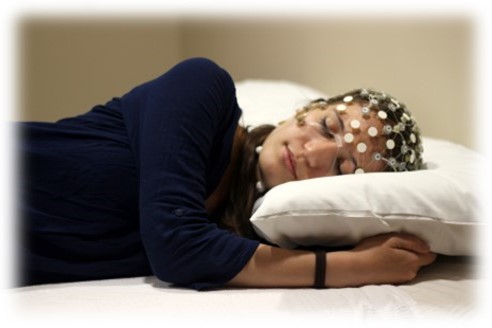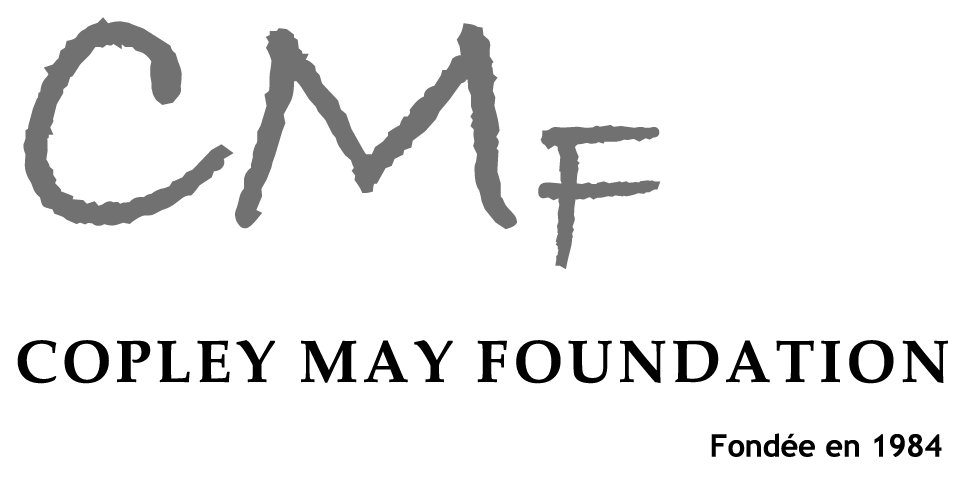Lampros Perogamvros


Lampros Perogamvros is an Assistant Professor at UNIGE's Psychiatry Department and a psychiatrist at HUG. His research topics focus on dream science and translational psychiatry.
Lampros combines his passion for psychiatry with his interest in dream studies to promote mental health. By using brain imaging techniques and clinical tools, he explores the links between the brain, sleep and mental illnesses. One of his goals is to use sleep as a therapeutic tool for disorders such as anxiety and insomnia. More specifically, alongside his clinical practice, he is dedicated to research, aiming to enhance existing treatments and expedite the beneficial effects of psychotherapy by strengthening memory consolidation during sleep.
Studying the Links Between Sleep, Dreams and Emotional Processes
A main research aim of Lampros Perogamvros and his colleagues is to bridge the gap between recent advances in neuroscience and conceptually novel treatments. Two of their current projects adopt such a translational approach for the study of post-traumatic stress disorder and insomnia disorder. To this goal, they are developing new emotion-based mental imagery techniques, where the patient is instructed to imagine a negative memory or image as vividly as possible, and to transform it into a positive one. This method is associated with a novel technique, called Targeted Memory Reactivation (TMR), which aims to reinforce the consolidation of the positive imagined experience during sleep through artificial promotion of its neural representation. It has been previously found that such manipulations during sleep lead to a significant memory enhancement compared to wakefulness.
Another aim of Lampros and his group is to continue having a leading role in the exploration of the neural correlates and functions of dreaming. For this purpose, brain imaging techniques, such as high-density EEG, and phenomenological tools are used to determine the roles of cortical and subcortical regions in dreams, as well as their functions, in both healthy and clinical populations.





